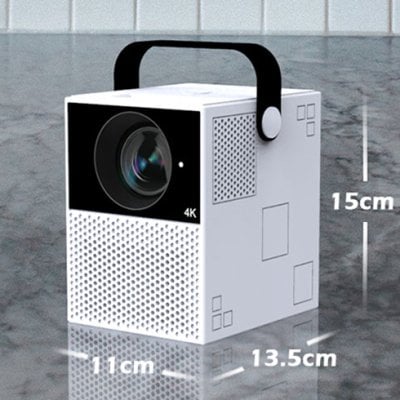The much more rarely discussed optical characteristics determine whether or not the image will actually make it to the screen. These metrics, which include the rarely discussed offset, are crucial in real world business projection applications.
Resolutions, contrast ratio and lumens are the technical specifications the most frequently bandied about metrics for comparing projectors, but they really aren’t the most important ones. Most projectors have enough resolution and light output to produce images with dencent brightness in typical rooms with the the lights slightly dimmed and shades drawn.

What is Projector Offsets
The offset measures the position of the image relative to the centerline of the lens. In a projector with a zero percent offset, the center of the image lines up perfectly with the center of the lens, assuming that the projector is pointed straight at the screen. Most projectors have a positive offset, allowing you to position them on a table and have them project upwards.
Here is the example, a projector with a 100 percent vertical offset would project an image whose bottom edge is in line with the center of the lens and that extends upwards. A 150 percent offset lens would project an image whose bottom edge is 50 percent of the image’s height above the center of the lens.
Read more:



